Ms. Dhu was a 22-year-old Yamatji woman who died in custody in the South Hedland Police Station in August 2014.
Arrested for unpaid fines,Second Hand Market Find A Seppa she was already suffering from pneumonia and septicaemia caused by a broken rib, inflicted by her partner some months earlier. She became very ill overnight and died.
The 2015 coronial inquest into her death heard that police officers had believed that Ms. Dhu was "faking." At the inquest, footage was shown, reportedly revealing that police treated her roughly. Her family has asked that the CCTV footage of Ms. Dhu's final, agonising hours of life be released. So far, the coroner has refused this request.
For her family, the grief of seeing their girl die is outweighed by the need to demonstrate the injustice of how she died. An internal police investigation into Ms. Dhu's case found that 11 police officers failed to comply with police procedures, but none were fired or suspended.
It is time that authorities listened to the Aboriginal people most closely concerned, and agreed to release this footage.
 Original image has been replaced. Credit: Mashable
Original image has been replaced. Credit: Mashable Ms. Dhu's family’s demand to make her treatment in prison public echoes the argument of many visual theorists today: if others are forced to undergo suffering and pain, surely the privileged observer has a moral duty to witness, acknowledge and respond to what they see?
But even more than this obligation to witness injustice, today photographic evidence has come to stand as proof.
Critic Susan Sontag famously argued that "without photographs, there is no war" -- meaning that we need to see distant events to be convinced of their reality. There is no doubt that such images have tremendous power, serving as witness to atrocity, heartbreak and injustice. Following WWII in particular, the horrors of war were effectively conveyed via photography -- with the revelation of the treatment of Jews in concentration camps such as Buchenwald in April 1945 shocking the world.
However, such images are not straightforward in their effects. In Australia, as many Aboriginal people have argued, such imagery may disempower their subjects, showing them as abject, distant or less-than-human. For example, one of the most effective critiques of Aboriginal treatment during the 1950s was a film, Their Darkest Hour(1957), made by West Australian MP William Grayden about Ngaanyatjarra people in the Warburton Ranges area, on the south-eastern fringe of the Gibson Desert.
Visual symbols such as the 1972 Tent Embassy, a stroke of media genius, could not be denied.
This film included graphic, shocking imagery of ill and malnourished Aboriginal people. It successfully mobilised public concern across Australia and overseas well into the 1960s, contributing to a growing international concern about racial discrimination.
Specifically, it is credited with fuelling a wave of public support for the Aboriginal rights movement. This eventually led to the successful 1967 referendum to empower the Commonwealth in Aboriginal affairs. Yet, today, its subjects and their relatives resent the film's shameful exposure of their lives and question the benefits that have ensued for them personally.
Aboriginal people now demand control over their own representation, using photography to assert a strong identity. They demand change on the basis of rights, rather than pity, with its overtones of patronage and condescension.
The Bicentennial was a turning point that forced the nation to acknowledge Indigenous dissent, as protests and marches literally demonstrated their demands. Visual symbols such as the 1972 Tent Embassy, a stroke of media genius, could not be denied.
Last week, Queensland Aboriginal man Noel Pearson tapped into this history of imagining Aboriginal suffering, in accusing the ABC of "racism." Pearson suggested that the ABC needs:
blacks to remain alienated from mothers’ bosoms, incarcerated in legions, leading short lives of grief and tribulation – because if it were not so, against whom could they direct their soft bigotry of low expectations?
But many advances in the status of Aboriginal Australians have been prompted by revealing atrocious conditions and ill-treatment. Most recently, the ABC's Four Corners revelation of a pattern of abuse, deprivation and punishment of vulnerable children within the Don Dale youth detention centre aroused intense public sentiment, prompting an inquiry into juvenile detention in the Northern Territory.
While we cannot – yet – see the CCTV footage of Ms. Dhu's treatment in custody, her family and supporters have tried to keep her presence alive in the city of Perth through clever use of light graffiti.
Since 2015, they have been projecting night-time images of her face onto skyscrapers to assert her continuing memory and visibility. These storeys-high portraits of Ms. Dhu and her family disrupt the urban landscape.
We believe that authorities must listen to her family and release the footage of Ms. Dhu's final hours. In revealing to all the injustice she suffered, her family hope that this graphic proof will arouse public opinion so that finally some good may come from her tragic death.
 Emma Chamberlain talks coffee, YouTube drama, and quarantine loneliness
Emma Chamberlain talks coffee, YouTube drama, and quarantine loneliness
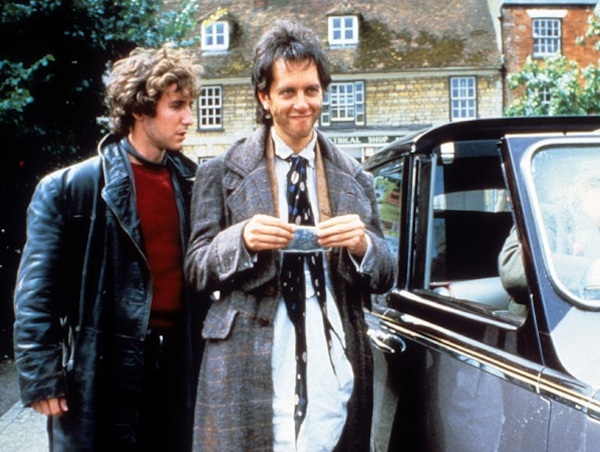 Tonight: “Get in the back of the van!” by Sadie Stein
Tonight: “Get in the back of the van!” by Sadie Stein
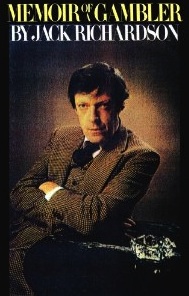 Memoir of Memoir of a Gambler by Lary Wallace
Memoir of Memoir of a Gambler by Lary Wallace
 This new app is like Shazam for frogs
This new app is like Shazam for frogs
 'Barry' Season 4 ending explained: One last
'Barry' Season 4 ending explained: One last
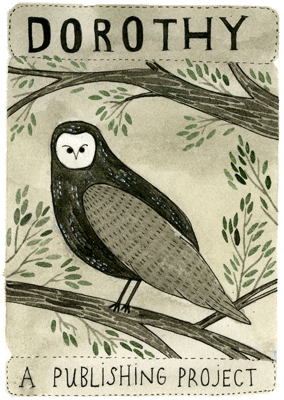 Press Pass: Dorothy by Nicole Rudick
Press Pass: Dorothy by Nicole Rudick
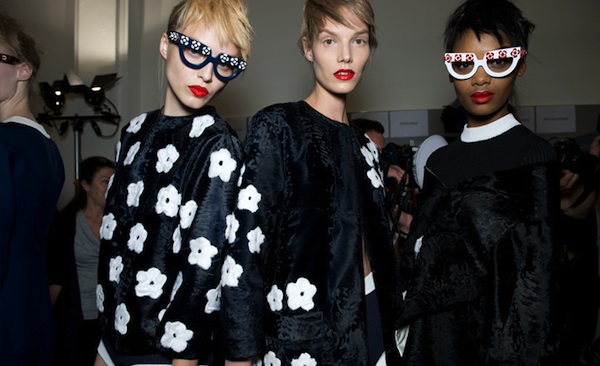 Dead Authors at Fashion Week: Part 4 by Katherine Bernard
Dead Authors at Fashion Week: Part 4 by Katherine Bernard
 Get a Smart AcousticPlus acoustic electric guitar for $199.99
Get a Smart AcousticPlus acoustic electric guitar for $199.99
 Apple's Reality Pro headset: What we know as WWDC nears
Apple's Reality Pro headset: What we know as WWDC nears
 Best Apple AirTag Deal: 4
Best Apple AirTag Deal: 4
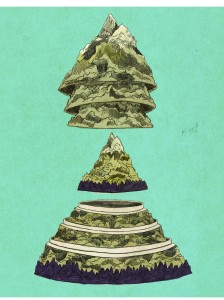 Open Sesame by Joshua Cohen
Open Sesame by Joshua Cohen
 Object Lesson: Undermining by The Paris Review
Object Lesson: Undermining by The Paris Review
 'Quordle' today: See each 'Quordle' answer and hints for May 30
'Quordle' today: See each 'Quordle' answer and hints for May 30
 Best headphones deal: Save $116 on Sennheiser Momentum 4
Best headphones deal: Save $116 on Sennheiser Momentum 4
 Twitter is now worth one
Twitter is now worth one
 Everyone agrees the first Trump vs. Biden debate was a total disaster
Everyone agrees the first Trump vs. Biden debate was a total disaster
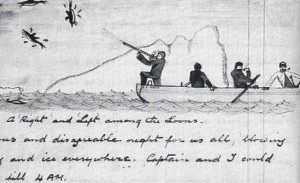 Doyle’s Journals, Rowling’s House by Sadie Stein
Doyle’s Journals, Rowling’s House by Sadie Stein
 Best roborock deal: Save $400 on Q5 Pro+ Robot Vacuum and Mop
Best roborock deal: Save $400 on Q5 Pro+ Robot Vacuum and Mop
 Doyle’s Journals, Rowling’s House by Sadie Stein
Doyle’s Journals, Rowling’s House by Sadie Stein
Microsoft adds 50 classic retro games to Xbox Game PassThe State of PC Gaming in 2019Network Attached Storage: What is NAS and Why You May Want ItHow to unblock Pornhub for free15+ Titles Every PC Gamer Should OwnThe History of the Microprocessor and the Personal ComputerExplainer: What Are Tensor Cores?Navi vs. Turing: An Architecture ComparisonRyzen 5 3600 + RTX 3080: Killer Combo or Not?Resident Evil 3 BenchmarkedWeird Keyboard Layouts: A ShowcaseMemorial Day deal: $1500 off 98AirFly Pro review: I'll never fly without it againHere's Why the Unreal Engine is Coming to Your CarThe Best (and Worst) Radeon RX 5600 XT Graphics CardsBest Dyson deal: Get the Dyson Airstrait Straightener for its lowest price yetThe Best (and Worst) Radeon RX 5600 XT Graphics CardsThe 10 Most Anticipated PC Games of 2020Intel Rocket Lake Preview: A New ArchitectureEverything You Need to Know About SFF PCs Those movie subtitles you downloaded might open your doors to hackers Ariana Grande suspends Dangerous Woman tour This photo of Carrie Fisher and Billie Lourd in 'Star Wars' costumes will ruin you 'Game of Thrones' Season 7: The Lannisters will prevail Why Ariana Grande's music is so important DJI Spark drone is so small and smart, it could be a game Laura Dern's new 'Star Wars' character looks ready for the Hunger Games New video shows a 'dummy' iPhone 8 in all its glory Instagram's new 'archive' feature lets you hide posts without deleting Spicy Skittles are a thing that is happening, and OMG, can you handle it? J.K. Rowling slams Fox contributor in the wake of the Manchester attack 'Counter 'Wonder Woman' is your most anticipated film of summer 'The Bachelorette' season we deserve doesn't include 'whaboom' guy Clever anti Video game publisher rightfully delays their game following the Manchester attacks Why we'll never see the likes of Roger Moore again Unexpected video game horses, ranked A full breakdown of that battle map in the 'Game of Thrones' Season 7 trailer Rocket Lab successfully launches rocket into space from New Zealand
2.1297s , 10134.6328125 kb
Copyright © 2025 Powered by 【Second Hand Market Find A Seppa】,New Knowledge Information Network